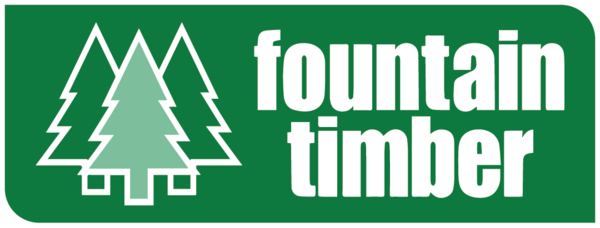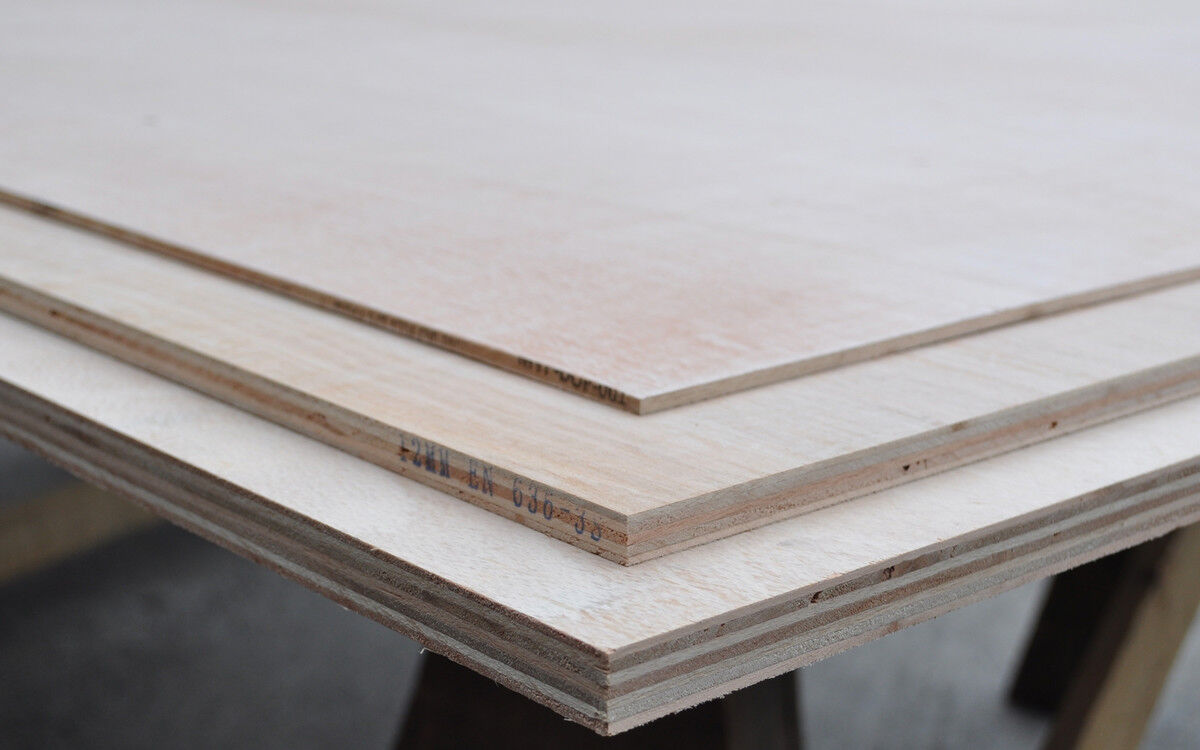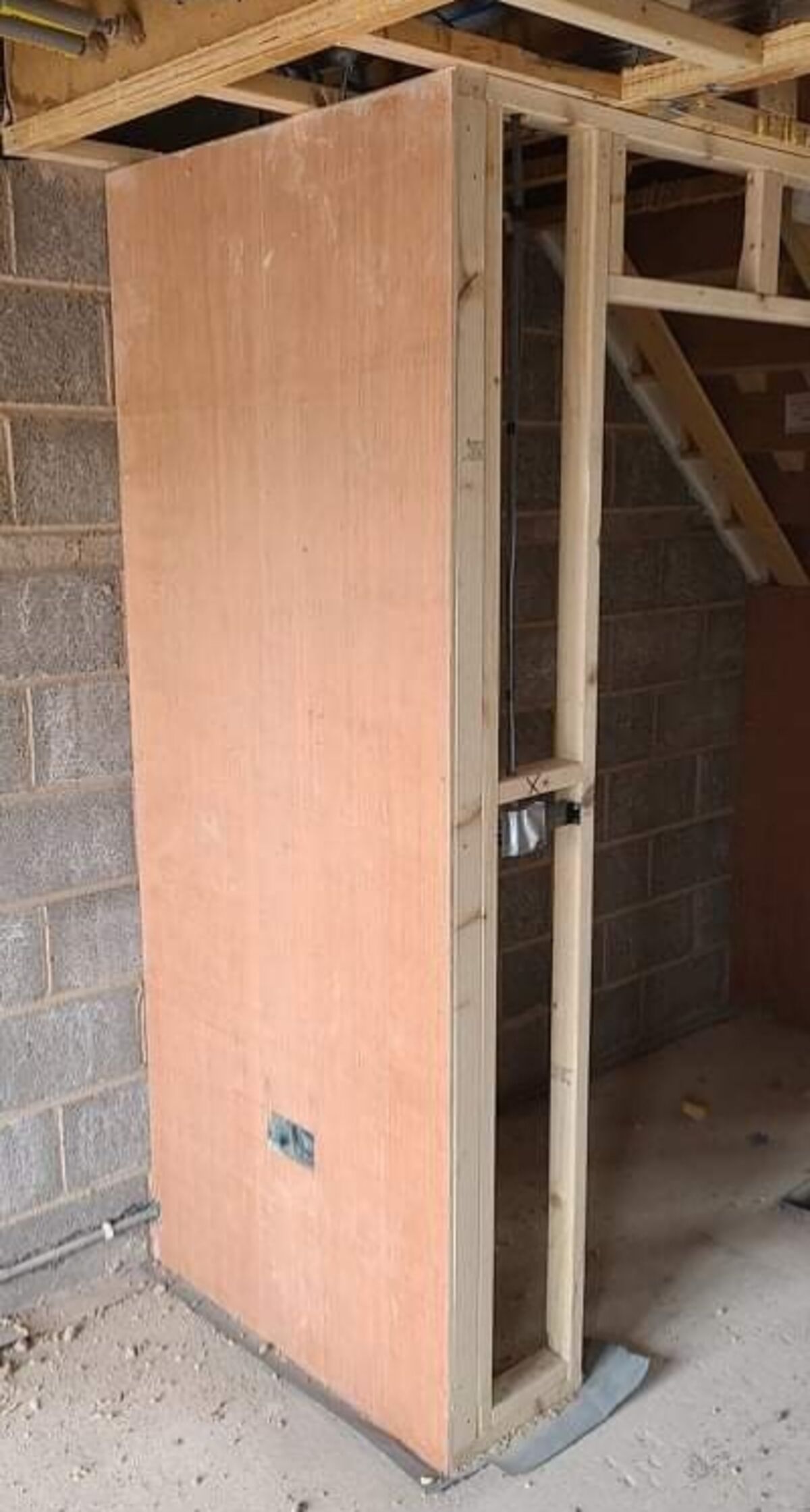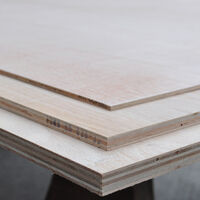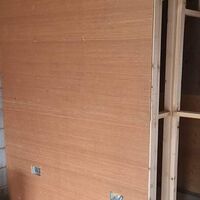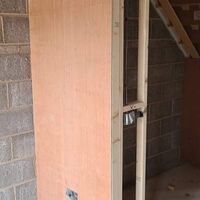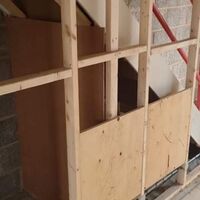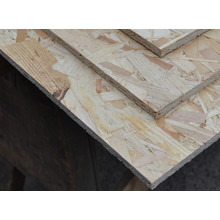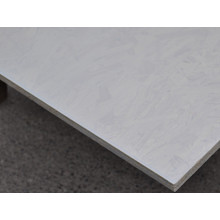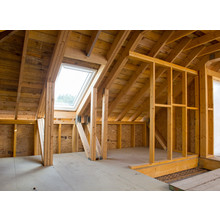Plywood
Back to Sheet MaterialPlywood is an engineered wood manufactured from thin layers or "plies" of wood veneer that are glued together with adjacent layers having their wood grain rotated up to 90 degrees to one another. Our carefully selected Hardwood Plywood is BB/CC EN636-2S EN314-2 Core Class 3, Face and back Class2 , CE Structural 2+* Ideal uses: General building board - roofing (when covered), flooring, wall lining (structural at thicknesses above 5.5mm), boxing in, cabinets and carcassing, packaging etc.
Collection & Delivery
Collect your order from our yard here in Bristol or have it delivered with our own ULEZ-compliant fleet. We cover a wide range of postcodes and aim to deliver within 7–10 working days.
More collection and delivery info >
Trade Accounts
Apply for a Fountain Timber Pay-As-You-Go Trade Account to unlock trade pricing and faster ordering. Open to verified trade customers — simply submit proof of trading to get started.
Plywood FAQs
What is plywood?
Plywood is an engineered wood product made from thin layers, or "plies," of wood veneer that are glued together with adjacent layers having their wood grain rotated up to 90 degrees to each other. This cross-graining technique gives plywood its strength and durability, making it less likely to warp, crack, or split compared to other wood products.
What are the common uses of plywood?
Plywood is suitable for a wide range of applications due to its strength, versatility, and durability:
Construction
Used for roofing, flooring, wall sheathing, and general building projects.
Furniture
Ideal for making cabinets, shelves, and other furniture pieces.
Packaging
Used in making crates and boxes for packaging.
DIY Projects
Commonly used for boxing in, making carcasses, and decorative elements.
Is plywood waterproof?
Plywood itself is not inherently waterproof. It needs to be treated with waterproof sealants or coatings to protect it from moisture and water damage, especially if used in outdoor projects. Sealing the edges is particularly important to prevent water infiltration and prolong the plywood's lifespan.
Can plywood be bent?
Yes, plywood can be bent, making it suitable for projects that require design flexibility. However, not all plywood types are ideal for bending. Close-grained hardwood plywood is more suitable for bending compared to construction-grade plywood, which may split under pressure. It's important to bend plywood along the grain to reduce the risk of splintering.
What are the environmental benefits of using plywood?
Plywood is considered environmentally friendly as it often uses fast-growing, sustainably sourced wood. It maximises the use of the log, minimising waste. Additionally, plywood production uses less energy compared to solid wood products, contributing to its eco-friendly profile.
How do you maintain plywood?
To maintain plywood, especially when used outdoors, it should be properly sealed or coated to protect against moisture. Regular inspection for signs of damage, such as splitting or delamination, can help extend its lifespan. For aesthetic purposes, plywood can be painted or stained to match the desired look of your project.
What's stronger, MDF or plywood?
Plywood is generally stronger than MDF (Medium Density Fiberboard). Plywood's strength comes from its cross-grained layers of wood veneer, which make it more resistant to bending, warping, and cracking. MDF, while smoother and more uniform, is less durable and can be more prone to damage from heavy loads and moisture.
Can you paint plywood?
Yes, plywood can be painted. To achieve the best results, it is recommended to:
-
Sand the surface to create a smooth finish.
-
Apply a primer to ensure the paint adheres well.
-
Use paint suitable for wood surfaces, applying multiple coats if necessary.
-
Painting plywood can enhance its appearance and provide additional protection against moisture.

